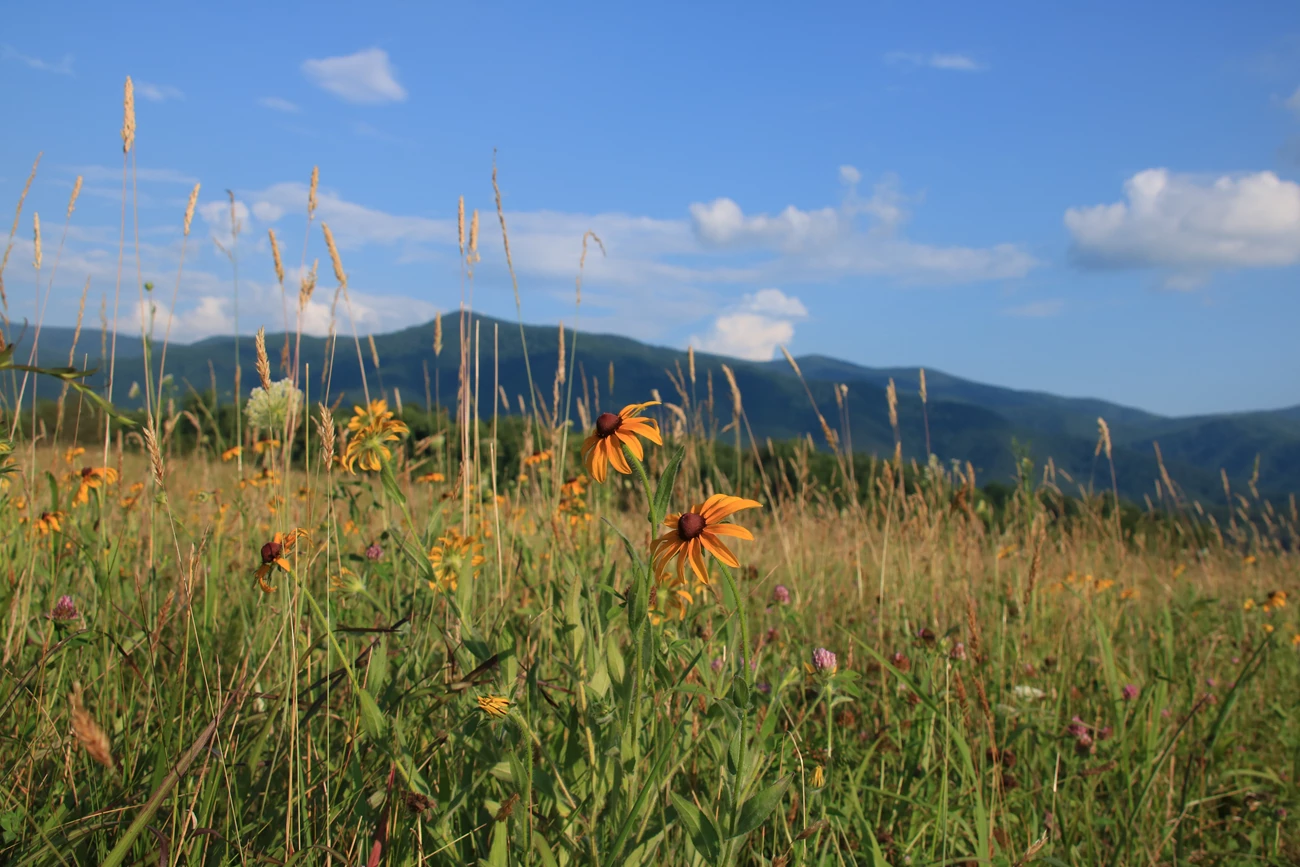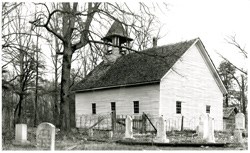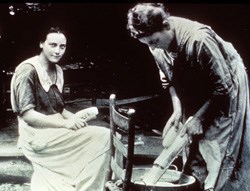
Warren Bielenberg Photo Today, Cades Cove is one of the most visited areas in Great Smoky Mountains National Park. Explore historic cabins, churches, and a gristmill; spot white-tailed deer, turkeys, and black bears; enjoy gorgeous mountain scenery; or take a leisurely bicycle ride around the loop road. 
NPS Photo By 1850, the population in the valley had reached 685 people as new families moved to the Cove and numerous children were born into the families already settled there. It was not uncommon for a household to have ten to twelve children. As the population grew, they needed more community buildings. A Baptist and Methodist church were established in the 1820s. Schoolhouses were built a little later; at first the schoolchildren met in farm houses where the school teachers were boarding. 
NPS Photo A death in the community was another reason for neighbors to help one another. When a member of the church passed away, the church bell would ring to get the people's attention. After a pause, the bell would ring for each year of the dead person's life. Community members usually knew who was sick and the approximate age of the people in the church, which made it easy to identify who had passed away. The men would then dig a grave or make a coffin if one was not already made. The women would prepare the body and the coffin for burial. The men and women of the community would also help take care of the needs for the family of the deceased, such as cooking meals, gathering crops, and caring for the young children. |
Last updated: April 30, 2024

